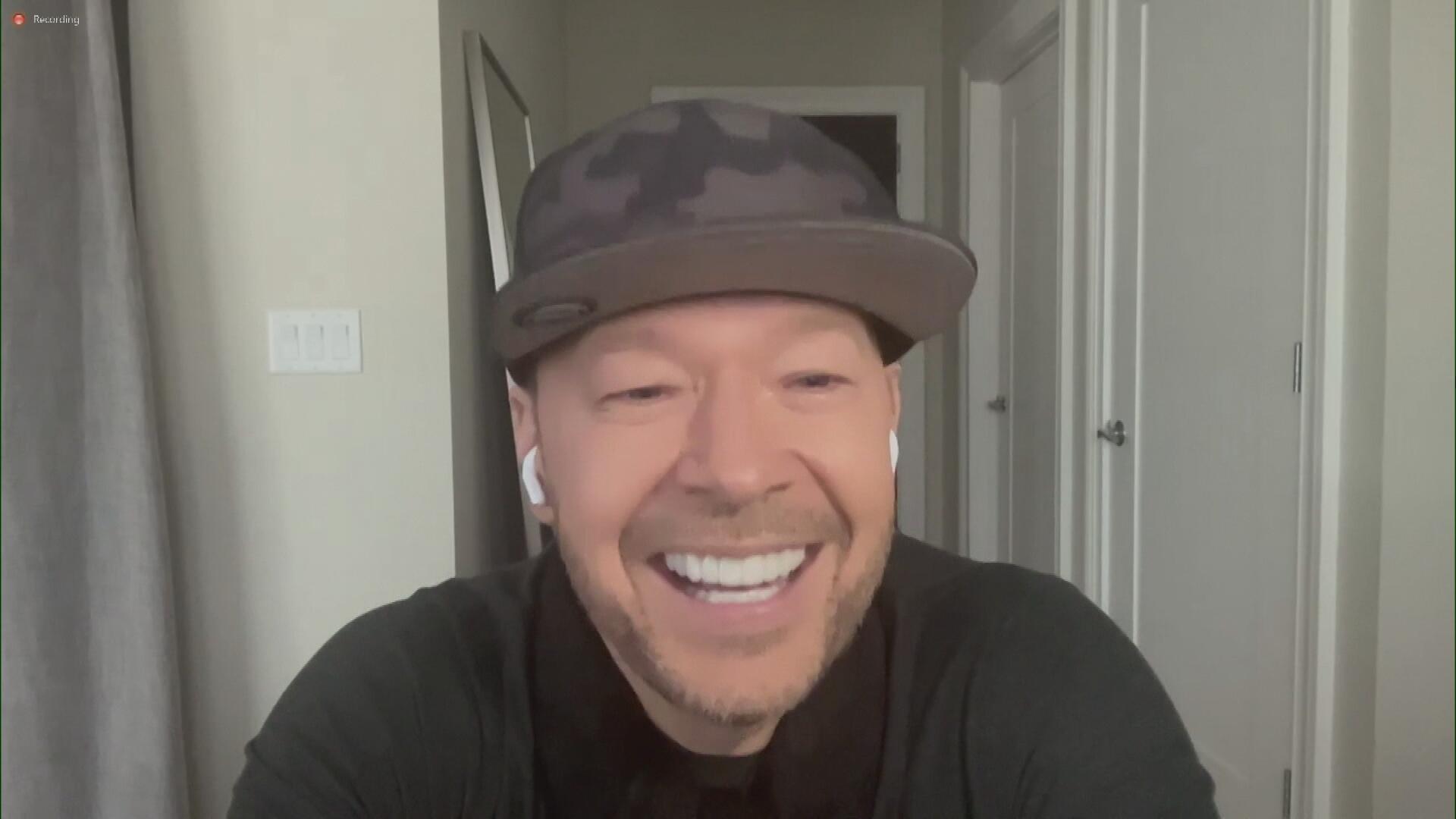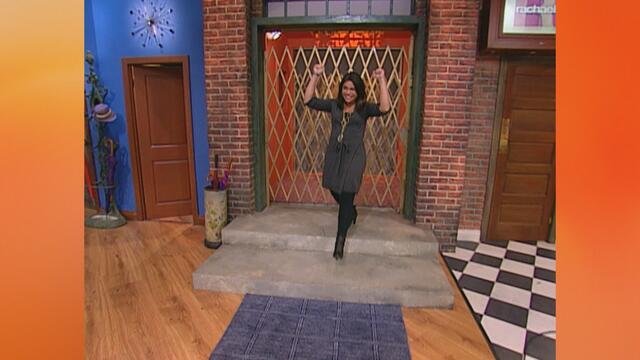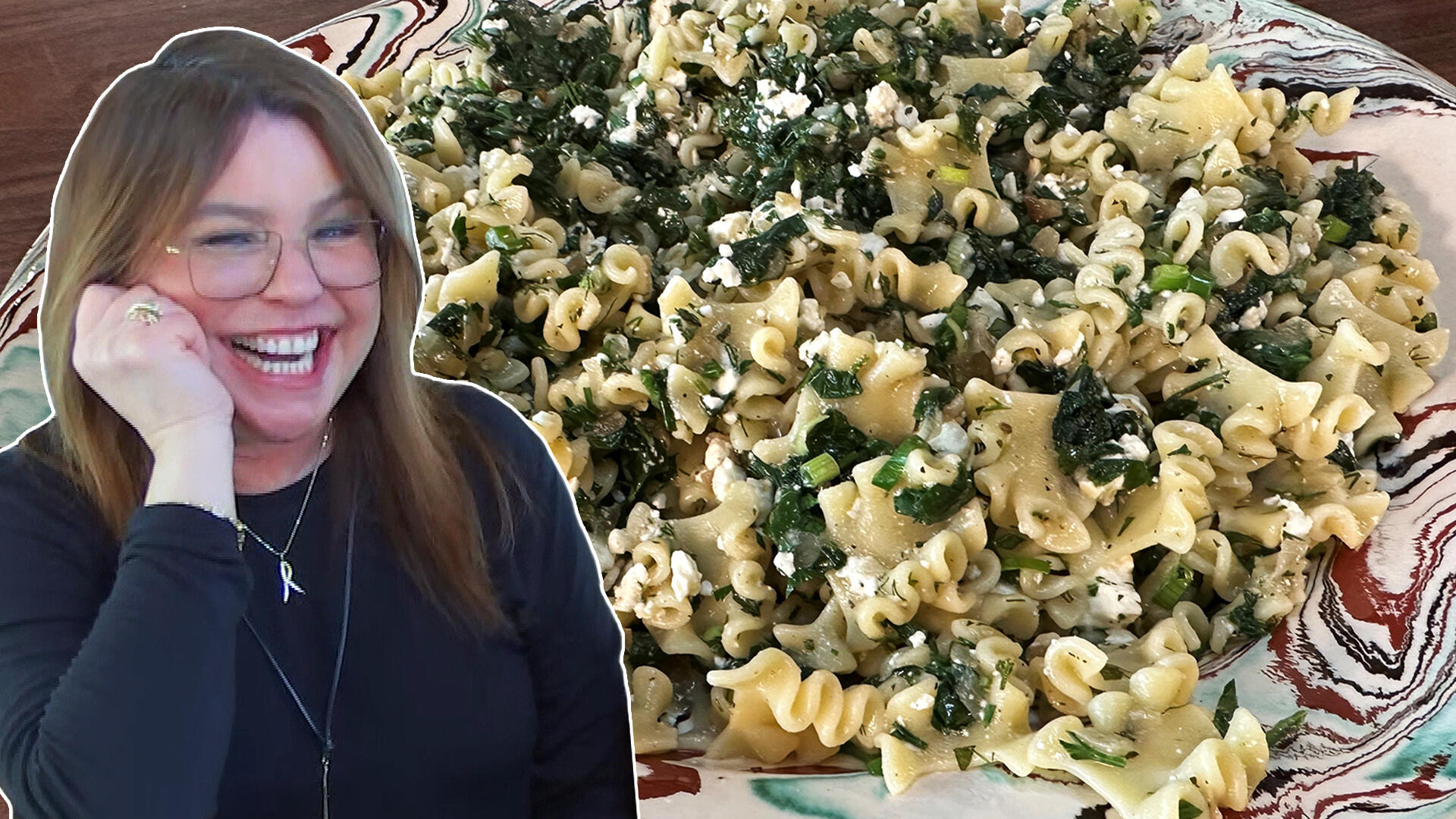

Plant Care Basics With The Plant Doctor

Q&A with Organizational Pro Peter Walsh + Dermatologist Shares A…

Actor Hank Azaria + Freezer Meals + Artichokes 2 Ways with Rach

See Inside Barbara Corcoran's Stunning NY Apartment + It's Steak…

How to Make Chicken and Lobster Piccata | Richard Blais

Donnie Wahlberg Spills Details About NKOTB's First Ever Conventi…

Donnie Wahlberg + Jenny McCarthy Say Rach Is Such a "Joy" + Look…

The Best Moments From 17 Seasons of the Show Will Make You Laugh…

How to Make Crabby Carbonara | Rachael Ray

Rach Chats "Firsts" In Flashback From Our First Episode Ever In …

How to Make Apple-Cider Braised Pork Chop Sandwiches with Onion …

Rach's Chef Pals Say Goodbye to Show in Surprise Video Message

How to Make Sesame Cookies | Buddy Valastro

How to Make Tortilla with Potatoes, Piquillo Peppers and Mancheg…

How to Make Shrimp Burgers | Jacques Pepin

How to Make Spanakopipasta | Rachael Ray

Andrew McCarthy Chokes Up Discussing Emotional Trip to Spain wit…

Celebrity Guests Send Farewell Messages After 17 Seasons of the …

Celebrity Guests Send Farewell Messages After 17 Seasons of the …

Andrew McCarthy Teases Upcoming "Brat Pack" Reunion Special

Michelle Obama Toasts Rach's 17 Years on the Air With a Heartfel…
If you're anything like us (or Rach) you really, really want to get in on the plant lady trend… but you just can't seem to keep your potted plant babies alive.
That's where the author of Wild At Home, Hilton Carter — AKA "the Plant Doctor" — comes in.
He's here to dish the dirt (literally!) on how to keep plants alive indoors. Hilton is explaining how to diagnose and treat the two most common houseplant problems. Plus, he's sharing his best tips for repotting and watering your plants the perfect amount.
IS MY PLANT DYING?
PROBLEM: Leaves Falling Off
WHAT TO DO: Check The Roots
The first common plant problem many people have is leaves turning yellow or brown and falling off the plant. If you notice your plant is dropping leaves, don't panic just yet, Hilton says.
The issue could be that your plant doesn't have enough water or sunlight, but it could also be root rot, he explains. The first step is to thoroughly check the roots, "because the problems are more than likely in the roots," according to Hilton.
Another possibility might be that you're overwatering your plant, which can also lead to root rot. "You want to make sure you're checking the base of the plant where the drainage hole is," the plant expert says.
So, if your plant is dropping leaves, the first step is to make sure there aren't any roots coming out of the pot's drainage hole. If there are, you'll need to repot your plant.
HOW TO REPOT A PLANT
- Gently squeeze the sides with your hands to loosen up the soil.
- Grab the base of the plant and carefully lift the plant out of the pot.
- Use one hand to gently break up the soil and loosen the roots.
- Using a digger, add a few scoops of fresh soil to the new pot.
- Place the plant into the new pot.
- Add more fresh soil all around the plant.
Plant Pro Tip: Make sure that your new pot is two inches in diameter larger than the previous pot, to give the plant adequate room to stretch and grow.
PROBLEM: Discolored Leaves On Plants
WHAT TO DO: Check The Soil Before Watering
Sometimes when you get a new plant and bring it into your home, it needs to acclimate to the space, Hilton says. "The lower leaves might turn yellow or brown and fall off." But as long as the top leaves are healthy and firm, your plant should be just fine.
Yellow leaves on your plant are from overwatering, while brown tips mean you're underwatering. So, you want to make sure you're watering your plant correctly. The best way to do this is by checking the soil, according to the plant doc.
"Most plants want to only be watered when the top two inches of soil are completely dry," he says. "Take your finger, stick it into the plant — two inches down. If it's dry, then it's time to water."
HOW TO WATER A PLANT
- Fill a watering can with lukewarm water.
- Slowly and gently pour over the entire surface area of the soil.
- Stop once water comes out of the drainage hole into the base tray.
- If you have a large plant, you can use a towel to mop up any excess water in the base tray.
- You can also use a turkey baster to suck up excess water, especially for smaller plants.
Plant Pro Tip: When it comes to watering, think of it "like you're doing a pour-over coffee," Hilton says. "Slow and gentle. Treat it like a little baby."


